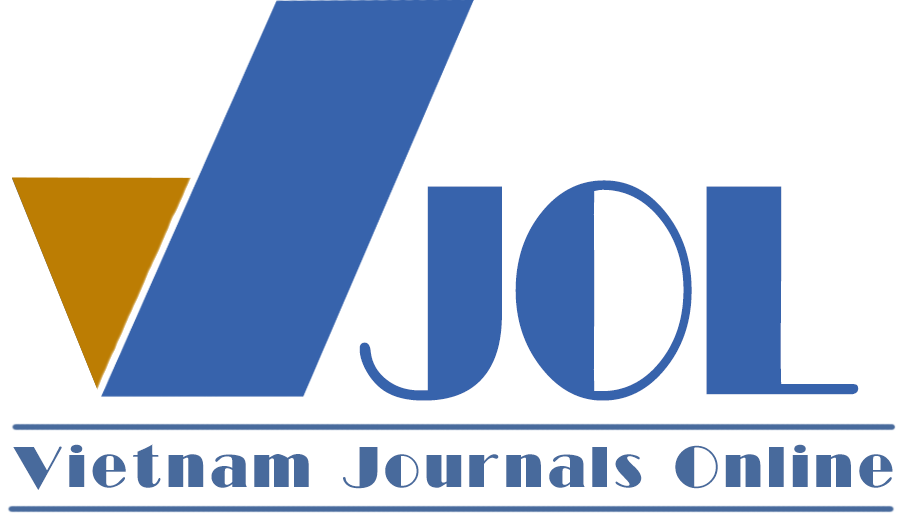SPECIAL EDUCATION SYSTEM FOR PEOPLE WITH DISABILITIES IN JAPAN AND LESSONS LEARNED FOR VIETNAM
DOI:
https://doi.org/10.18173/2354-1075.2025-0052Keywords:
special education, education for children with disabilities in Japan, special education system, system of education, people with disabilitiesAbstract
Though the system of special education for people with disabilities has been implemented in Vietnam for more than 150 years, there is no common organization and opeartion among special educational facilities for people with disabilities among provinces/cities across the country. The article analyzes the system of special education for people with disabilities in Japan; and the current status of the network of special educational institutions for people with disabilities in Vietnam. On that basis, it proposes experiences from the specialized education system of Japan to arrange and develop specialized educational institutions for people with disabilities in Vietnam in the coming time, with the goal of stabilizing and improving the efficiency of the facilities, contributing to creating opportunities for quality learning and lifelong learning for people with disabilities.
Downloads
References
[1] Chính phủ. (2025). Quyết định số 403/QĐ-TTg của Thủ tướng Chính phủ về phê duyệt quy hoạch hệ thống cơ sở giáo dục đối với người khuyết tật và hệ thống trung tâm hỗ trợ phát triển giáo dục hòa nhập thời kỳ 2021–2030, tầm nhìn đến năm 2050 (Ký ngày 25 tháng 02 năm 2025).
[2] Bộ Giáo dục và Đào tạo. (2023). Báo cáo điều tra về dữ liệu hệ thống cơ sở giáo dục chuyên biệt dành cho người khuyết tật và hệ thống trung tâm hỗ trợ phát triển giáo dục hòa nhập. Kỷ yếu Hội thảo Bộ Giáo dục và Đào tạo.
[3] Bộ Y tế, Lao động và Phúc lợi xã hội Nhật Bản. (2020). Vai trò của kiểm tra sức khoẻ cho trẻ nhỏ trong Luật sức khoẻ bà mẹ và trẻ em cùng với Luật hỗ trợ người khuyết tật phát triển. http://www.mhlw.go.jp/bunya/kodomo/boshi-hoken15/dl/03.pdf
[4] Katsunori, F., Toru, F., & Hanako, I. (2016). Sự phối hợp giữa giáo viên và các ban hành nhằm thúc đẩy giáo dục hoà nhập tại Nhật Bản – kết quả điều tra bằng bảng hỏi. Tạp chí Giáo dục, Số đặc biệt, Kỳ 2 tháng 6/2016, 175–178.
[5] Katsuno, K. H. (2012). Sự phối hợp giữa các tổ chức liên quan và trường hỗ trợ giáo dục đặc biệt – Kết quả điều tra giáo viên tiểu học. Kỷ yếu Trung tâm Thực hành tổng hợp Bộ phận Giáo dục, Đại học Wakayama, 87–94.
[6] Science Technology Innovation Japan. (2022). Unearthing the latent abilities of people with disabilities [Where is diversity going?] https://sj.jst.go.jp/stories/2022/s1118-02p.html
[7] Edition Annual Health, Labour and Welfare Report. (2018). Achieve a society in which everyone can play an active role while coping with disabilities, illnesses or other hardships.
[8] Bộ Giáo dục và Đào tạo. (2024). Quy chế tổ chức của trường, lớp dành cho người khuyết tật (Ban hành kèm theo Thông tư số 27/2024/TT-BGDĐT ngày 26 tháng 12 năm 2024).
[9] Quốc hội khóa XII. (2010). Luật Người khuyết tật, Luật số 51/2010/QH12.







